
-
Find the right food for your pet
Take this quiz to see which food may be the best for your furry friend.
Find the right food for your pet
Take this quiz to see which food may be the best for your furry friend.
Featured products
 Adult Perfect Weight & Joint Support Chicken Recipe Dry Dog Food
Adult Perfect Weight & Joint Support Chicken Recipe Dry Dog FoodThis weight management and mobility support dog food was created with Hill’s unique understanding of the biology of overweight dogs.
Shop Now Adult 7+ Perfect Digestion Chicken, Whole Oats & Brown Rice Recipe Dog Food
Adult 7+ Perfect Digestion Chicken, Whole Oats & Brown Rice Recipe Dog FoodScience Diet's breakthrough nutrition supports ultimate digestive well-being & healthy microbiome for dogs age 7+
Shop Now Adult 7+ No Corn, Wheat, Soy Chicken & Brown Rice Dog Food
Adult 7+ No Corn, Wheat, Soy Chicken & Brown Rice Dog FoodSupports energy level and beautiful coat in mature dogs
Shop NowFeatured products
 Adult Savory Chicken Entrée Cat Food
Adult Savory Chicken Entrée Cat FoodPrecisely balanced nutrition with the delicious taste of savory minced chicken to help fuel the energy needs of cats during the prime of their life
Shop Now Adult Perfect Digestion Chicken, Barley & Whole Oats Recipe Cat Food
Adult Perfect Digestion Chicken, Barley & Whole Oats Recipe Cat FoodScience Diet's breakthrough nutrition supports ultimate digestive well-being & healthy microbiome
Shop Now Perfect Weight Salmon & Vegetable Canned Cat Food
Perfect Weight Salmon & Vegetable Canned Cat FoodOver 70% of cats lost weight within 10 weeks when fed this nutrition
Shop Now -
Dog
- Dog Tips & Articles
-
Health Category
- Weight
- Food & Environmental Sensitivities
- Urinary
- Digestive
- Joint
- Kidney
-
Life Stage
- Puppy Nutrition
- Adult Nutrition
- Senior Nutrition
Cat
- Cat Tips & Articles
-
Health Category
- Weight
- Skin & Food Sensitivities
- Urinary
- Digestive
- Kidney
-
Life Stage
- Kitten Nutrition
- Adult Nutrition
Featured articles
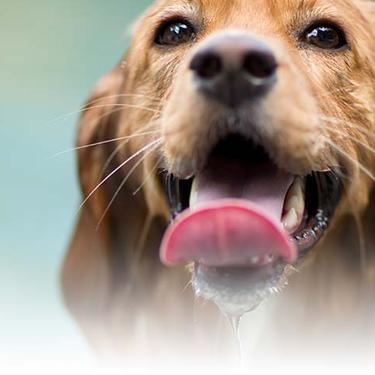 Water
WaterDiscover why water is the most important nutrient for your dog or cat to live a healthy life. Find out how much water your pet should consume each day.
Read More Pet Food Storage Tips
Pet Food Storage TipsDiscover how and where to store your dry, as well as canned, dog and cat food. Learn how to find the "best before" dates on all Hill's pet food packaging.
Read More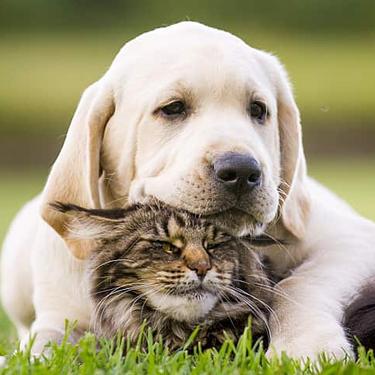 The Incredible Science Behind Your Pet's Microbiome
The Incredible Science Behind Your Pet's MicrobiomeLearn what a pet's microbiome is, how it contributes to your pet's gut & overall health, and why nutrition is important in maintaining healthy microbiomes.
Read More -
Find the right food for your pet
Find the right food for your pet


Anemia in cats occurs when there aren't enough healthy red blood cells to carry oxygen to their body's tissues, making the cat tired and weak. There are two main causes of anemia in cats: Either they don't make enough red blood cells or something is destroying red blood cells faster than they can replace them.
Anemia can be a temporary, one-time problem, or it can be a long-term condition. Further, anemia can range from mild with no noticeable clinical signs to severe enough to be life-threatening. Because of this, cat anemia treatment varies depending on the severity and cause. Let's take a closer look as to what causes a cat to be anemic.
What Causes Anemia in Cats?
While red blood cells play a large role in diagnosing anemic cats, other causes may include the following:
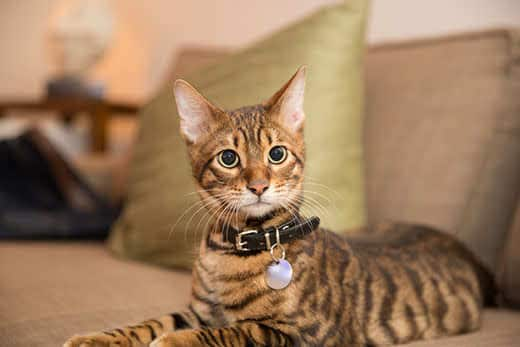
- Internal or external parasites: A very common cause of anemia in kittens and feral cats, parasites like fleas or roundworms can suck enough blood out of a cat to cause anemia.
- Infectious diseases: Blood-borne parasites, including Mycoplasma and Cytauxzoon felis, can cause hemolytic anemia (destruction of red blood cells). Anemia is also associated with feline leukemia and feline immunodeficiency virus.
- Exposure to toxins: Cat-toxic foods, like garlic and onions, can cause anemia. Believe it or not, zinc from pennies minted after 1982, copper toxicosis, moth balls, skunk musk and ibuprofen can all cause hemolytic anemia.
- Autoimmune disease: Autoimmune anemia occurs when the cat's own immune system attacks and destroys red blood cells. Infectious causes, like the ones already mentioned, trigger autoimmune anemia. In addition, chronic bacterial infections, cancer, some medications, vaccine reactions and hormonal changes are also suspected to cause autoimmune anemia in some cats.
- Trauma: Hemorrhage from trauma, such as being hit by a car or bit by a dog, can cause life-threatening anemia if not treated immediately.
- Anemia of chronic disease: Conditions like liver disease, kidney disease, hormonal conditions or cancer can create chronic conditions in the body that reduce the body's ability to create new blood cells, causing non-regenerative anemia.
- Bone Marrow Damage: A wide variety of toxins, infectious diseases and cancers can result in damage to or the complete destruction of the bone marrow, which produces red blood cells. While sometimes this damage can be corrected if caught early, many times the damage is irreversible and healthy bone marrow is replaced by scar tissue.
- Inherited disorders: Feline congenital porphyria, a problem stemming from an enzyme deficiency, leads to hemolytic anemia and is a problem mostly seen in the Siamese cat breed.
- Nutritional deficiency: Anemia can occur in cats that do not get enough iron or cobalamin (vitamin B12).
What Are the Clinical Signs?
Anemic cats may show some of the following clinical signs:
- Exhaustion
- Lack of energy
- Loss of appetite
- Pale or yellow gums and skin
- Sensitivity to coldness
If a cat has a primary disease that is causing anemia, such as liver disease, kidney disease or cancer, then they may also show signs associated with those diseases.


Tasty Tips
How Is Anemia in Cats Diagnosed?
Anemia in cats is diagnosed with a combination of physical examination findings and laboratory testing. Anemia is detected on a blood test called a complete blood count, which does just that: counts all the blood cells. Anemia can also be detected on a blood smear, and if there are any parasites or other red blood cell defects causing the destruction of red blood cells, those can be seen as well. Baby blood cells can also be seen on a blood smear, telling a veterinarian or a pathologist whether or not the cat is making new blood cells.
Because anemia in cats is a secondary problem, it's also necessary to run tests to determine what is causing the anemia. These tests can include any or all of the following: blood work, testing for infectious disease, urine tests, X-rays or other imaging studies, biopsy of abnormal organs or tumors, and more. Each case is unique, and your vet will be your best guide on what tests need to be run.
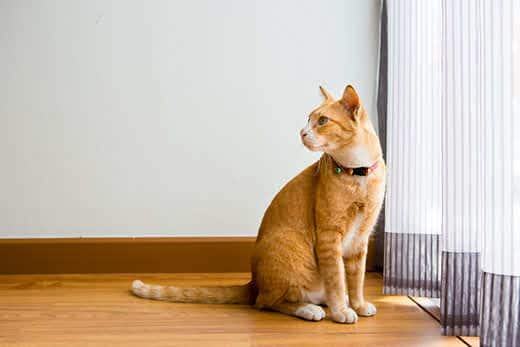
What Is Cat Anemia Treatment?
As noted above, cat anemia treatment depends on the severity and cause of the anemia. If the anemia is mild to moderate, and the cat shows signs of making new blood cells, it is likely that no treatment will be needed.
Treatment of anemia usually revolves around treating the root cause, which — when healed — allows the cat to heal the anemia (grow new blood cells) on its own. In some cases, such as certain autoimmune diseases or anemia due to chronic kidney problems, there is no cure to the root problem. Treatment in these cases is aimed at reducing the cat's body's autoimmune attack on their own blood cells with immunosuppressive drugs or minimizing the build-up of toxins in the blood in the case of chronic kidney problems.
If the anemia is severe enough to be life-threatening, then your cat may need to have a blood transfusion. Your vet will utilize the results from lab testing, in addition to how your cat is behaving, to determine whether a blood transfusion is necessary or not.
How Can You Prevent Anemia in Cats?
There are many ways you can protect your cat from things that cause anemia. Keeping your cat indoors or taking your cat outside only for supervised fun will help protect your cat from trauma and infectious disease. If your cat does spend time outside, staying up-to-date on external and internal parasite prevention like flea control and regular deworming will keep anemia-causing parasites away. Knowing what toxins cause anemia in cats and barring your cat access to those toxins is also important, as well as visiting your vet yearly to catch any anemia-causing disease processes early to ensure a better outcome.
While anemia may be life-threatening, there are many things you can do to minimize your cat's risk of anemia. All in all, cats are tough creatures, and with a little care from you and your veterinary team, they often recover and live full lives even after having a bout of anemia.


Dr. Sarah Wooten graduated from UC Davis School of Veterinary Medicine in 2002. A member of the American Society of Veterinary Journalists, Dr. Wooten divides her professional time between small animal practice in Greeley, Colorado, public speaking on associate issues, leadership, and client communication, and writing. She enjoys camping with her family, skiing, SCUBA, and participating in triathlons.
Related products

Over 70% of cats lost weight within 10 weeks when fed this nutrition

Science Diet's breakthrough nutrition supports ultimate digestive well-being & healthy microbiome

Feline Adult Perfect Weight Variety Pack

Precisely balanced nutrition with the delicious taste of savory minced chicken to help fuel the energy needs of cats during the prime of their life
Related articles
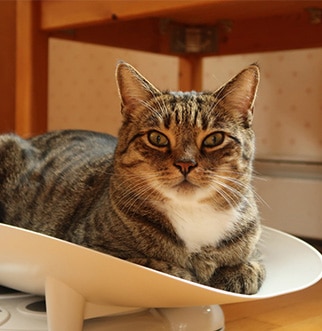
How do you get a cat to lose weight? Learn all about cat foods for weight loss, including how to choose weight control cat food and exercise tips.
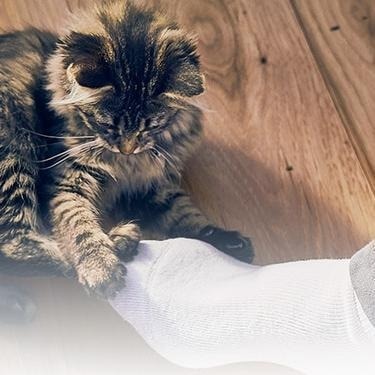
Discover which cat toys games your feline friend might like, and how they are great sources of exercise. Explore our library of articles to learn more.
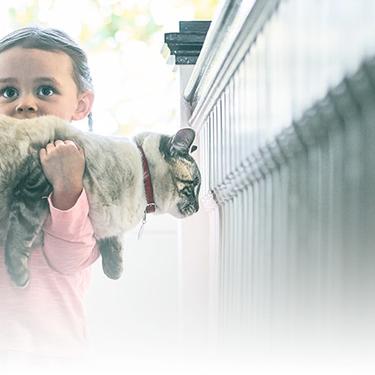
Discover how to identify cat sensitive skin and what you can do to help your cat thrive from head to paw.
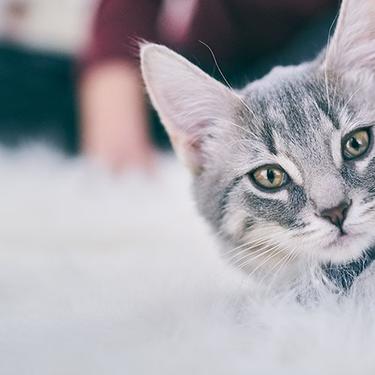
Discover the benefits of Hill's line of kitten foods and how they provide complete and balance nutrition for growing kittens.

Put your cat on a diet without them knowing
Our low calorie formula helps you control your cat's weight. It's packed with high-quality protein for building lean muscles, and made with purposeful ingredients for a flavorful, nutritious meal. Clinically proven antioxidants, Vitamin C+E, help promote a healthy immune system.
Put your cat on a diet without them knowing
Our low calorie formula helps you control your cat's weight. It's packed with high-quality protein for building lean muscles, and made with purposeful ingredients for a flavorful, nutritious meal. Clinically proven antioxidants, Vitamin C+E, help promote a healthy immune system.

